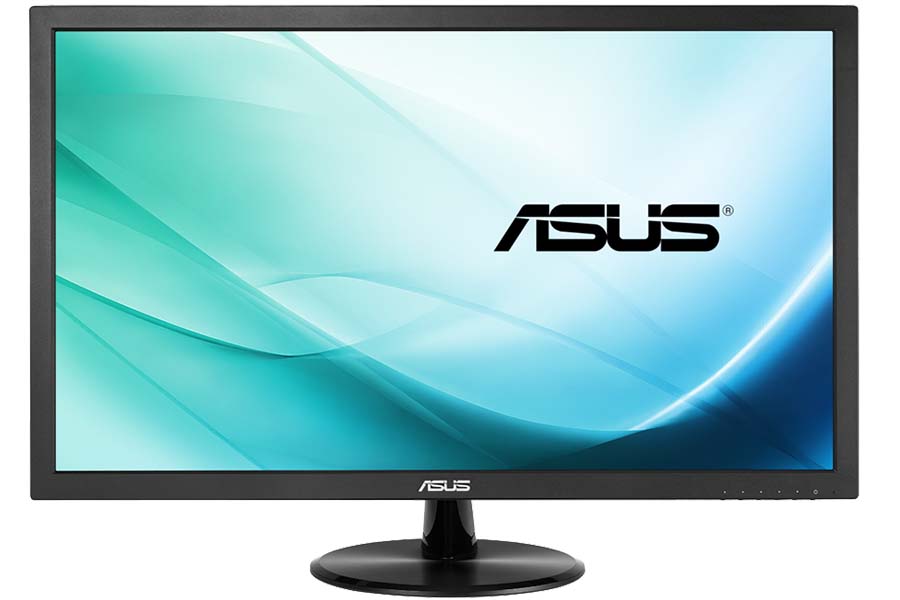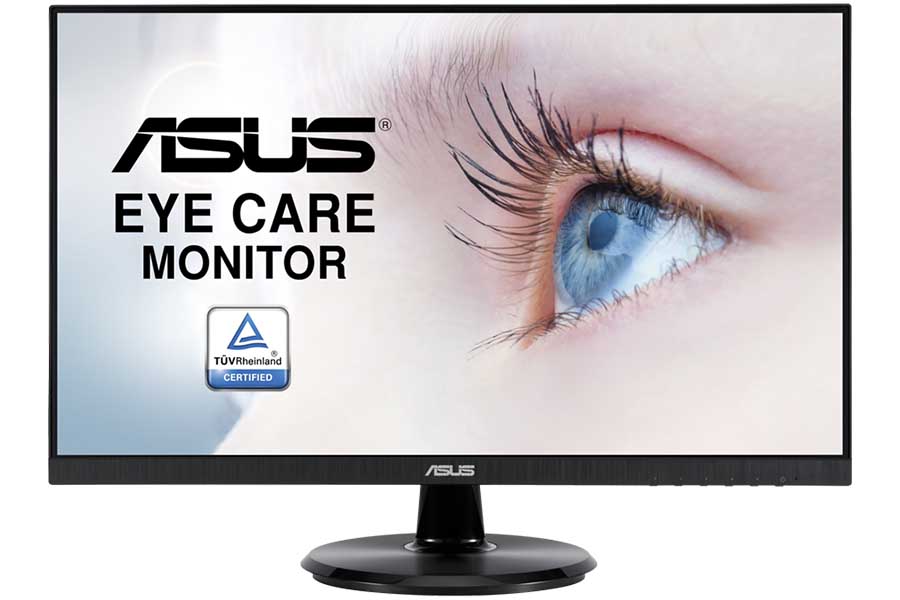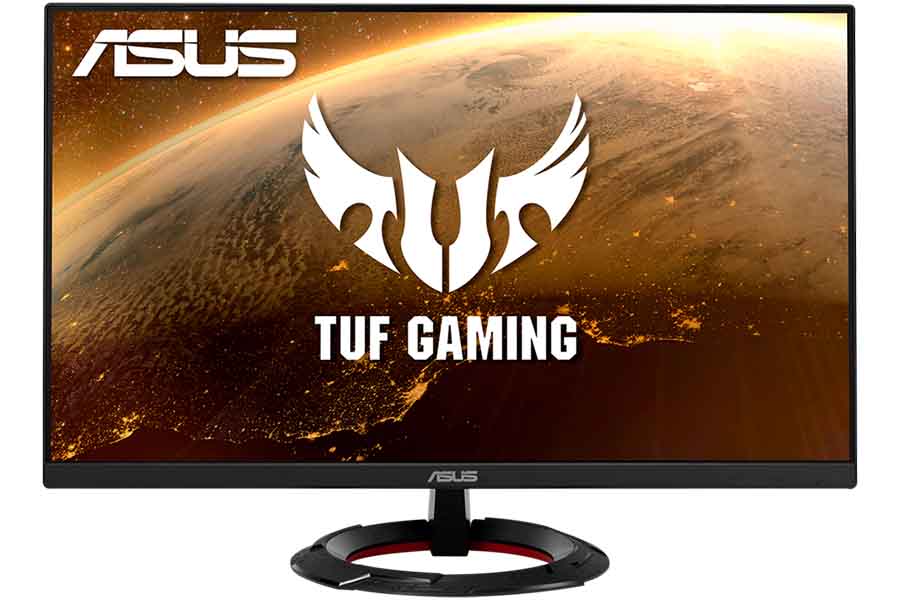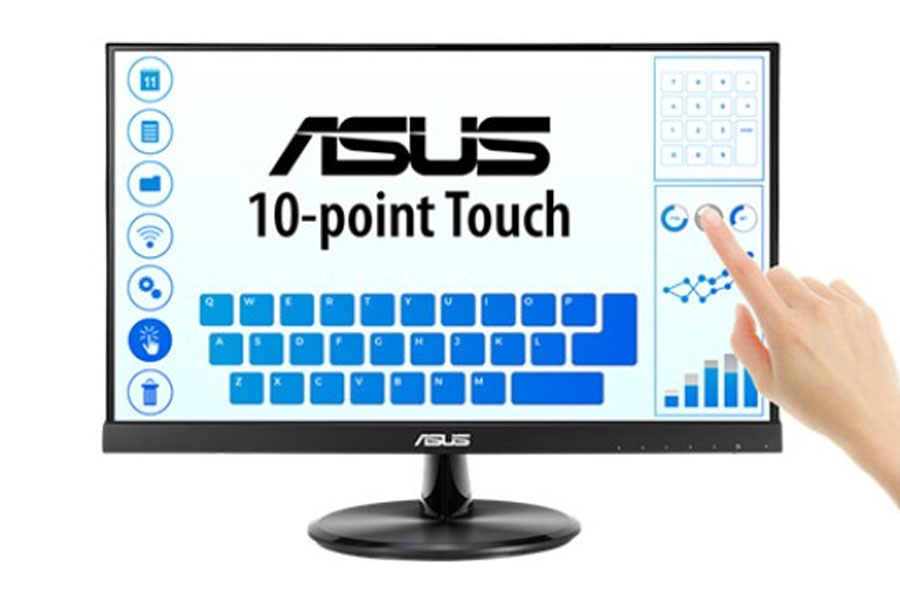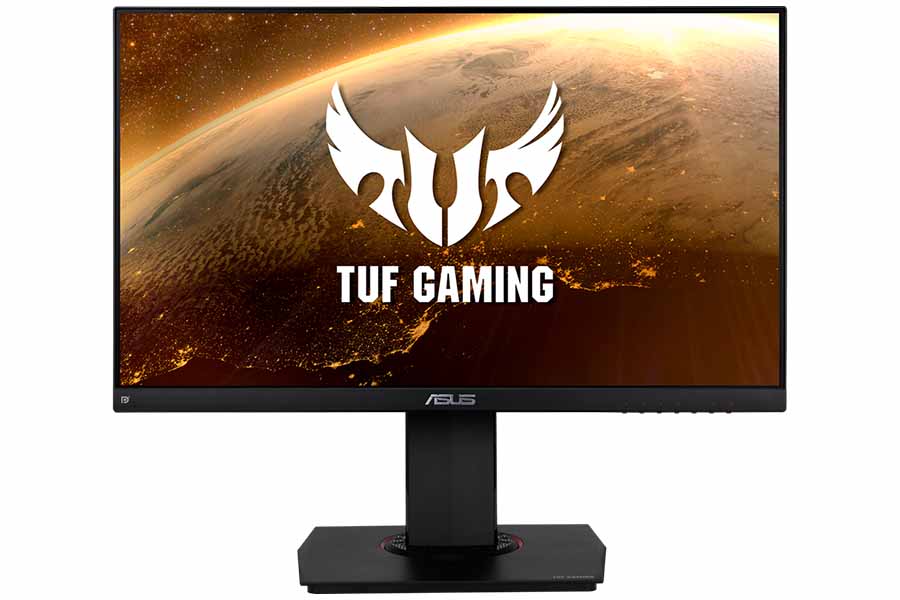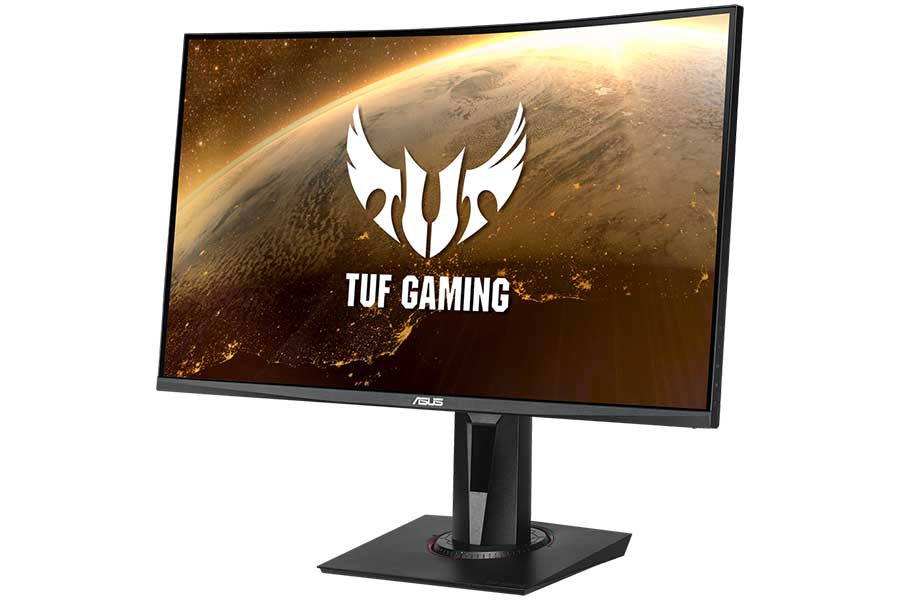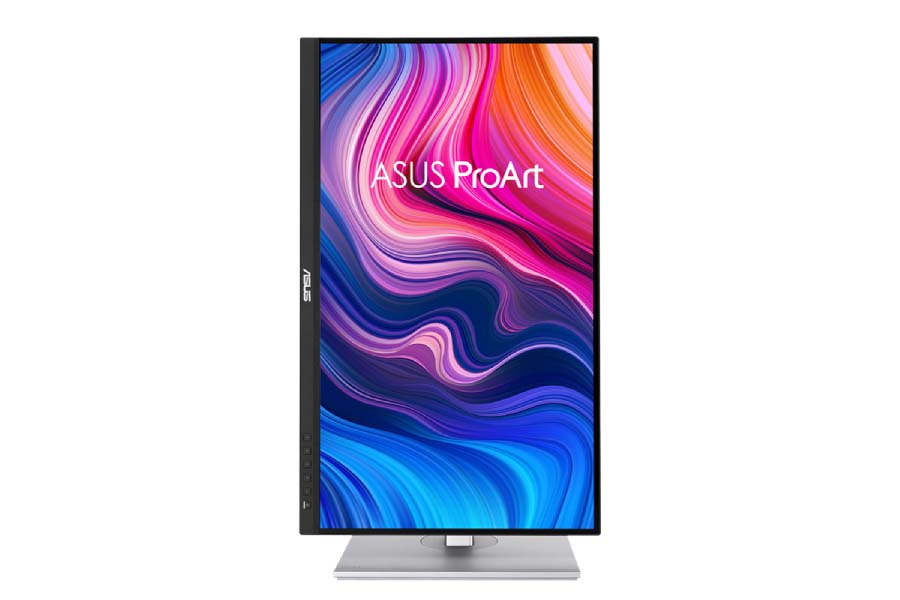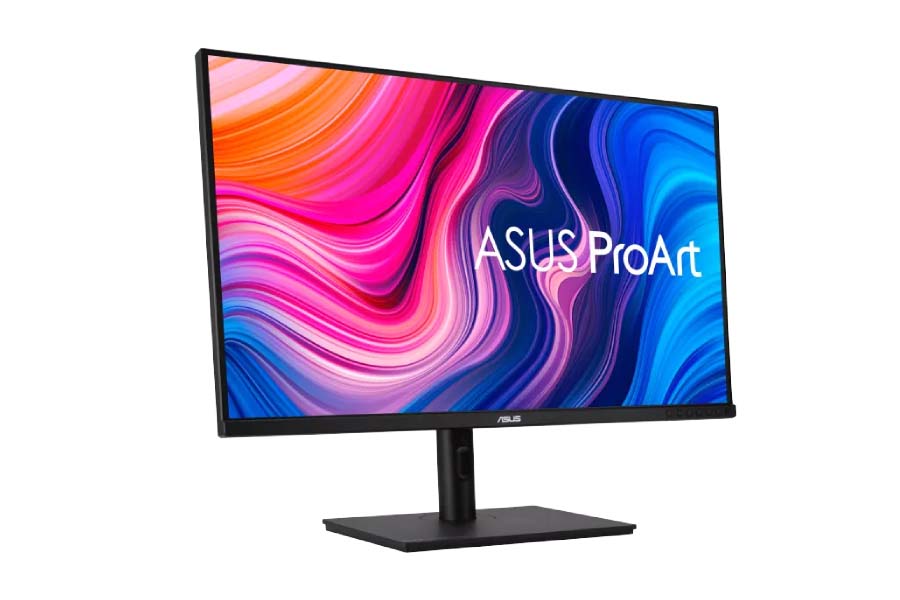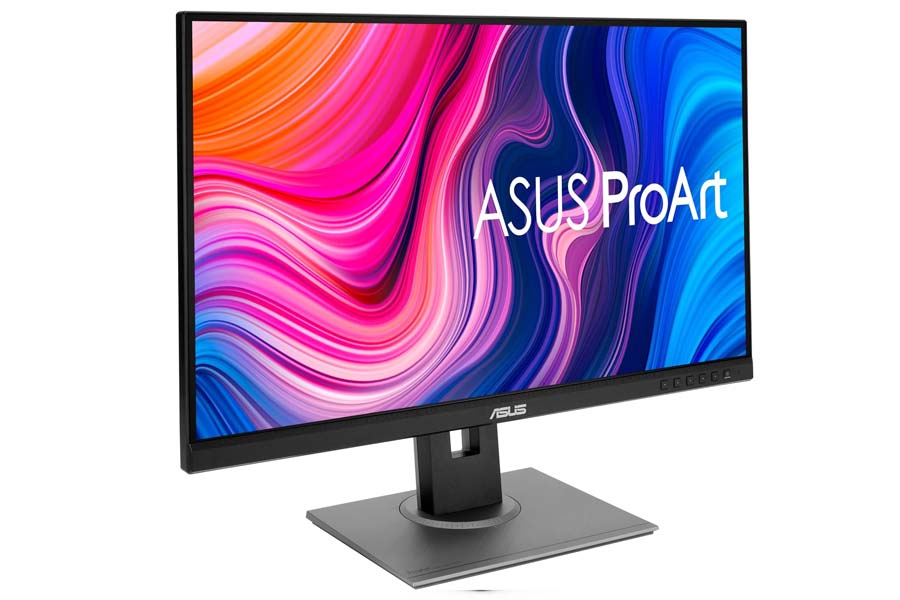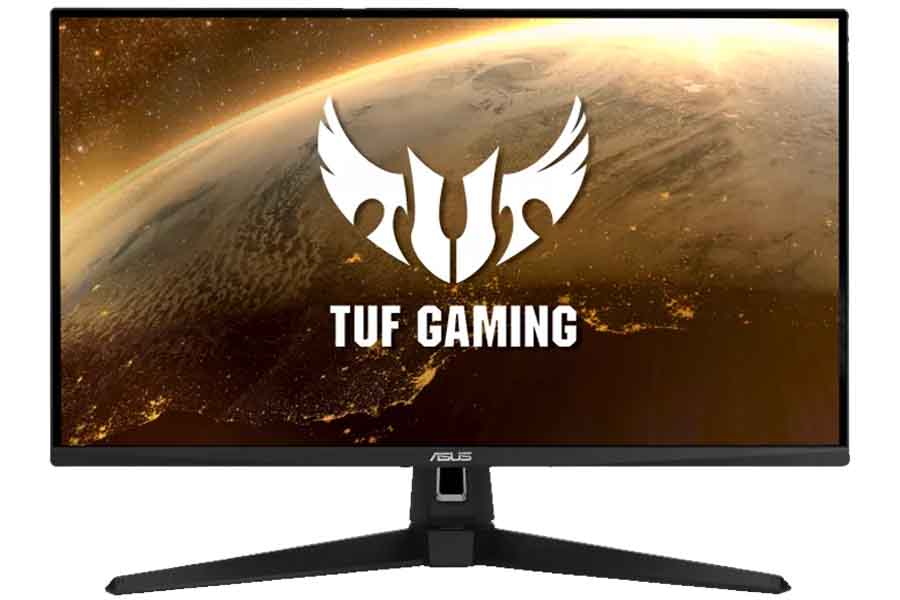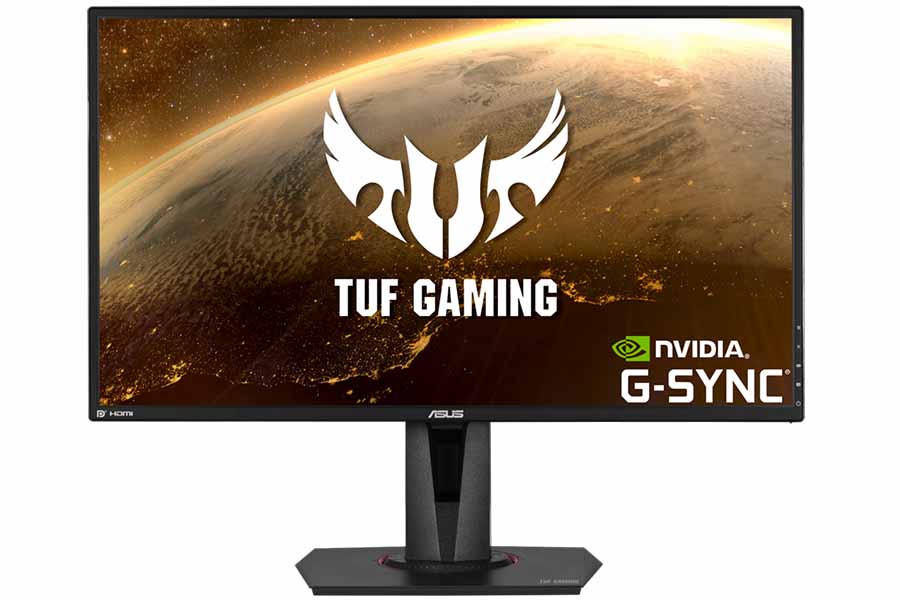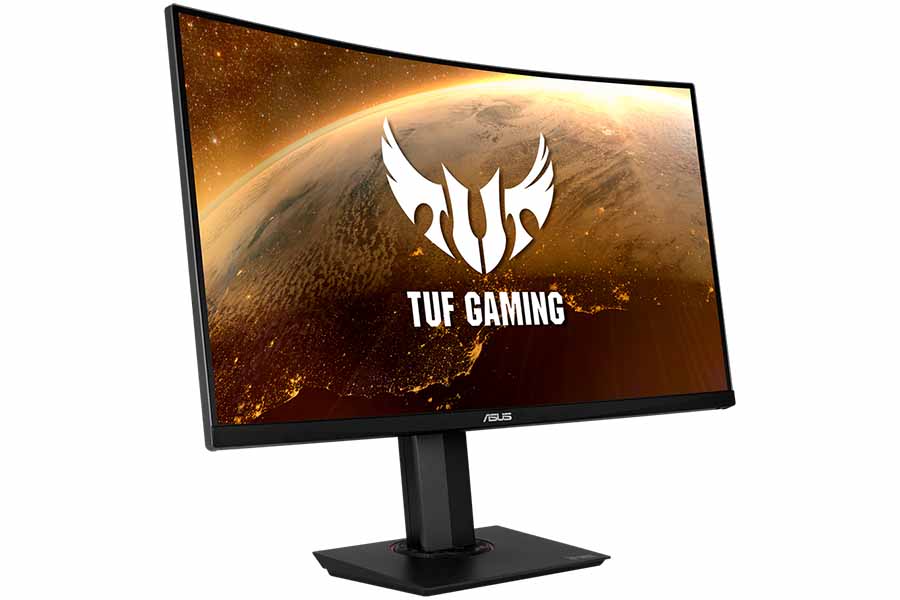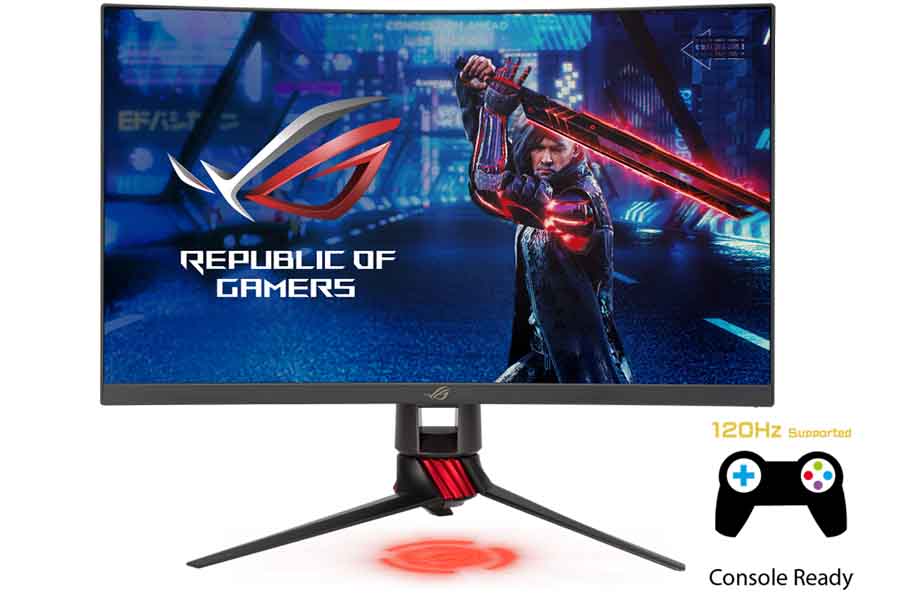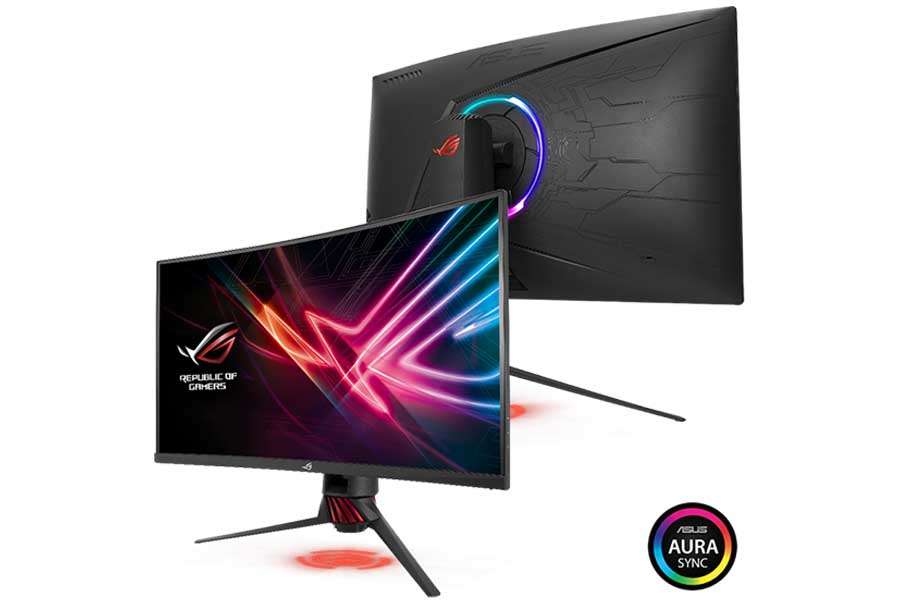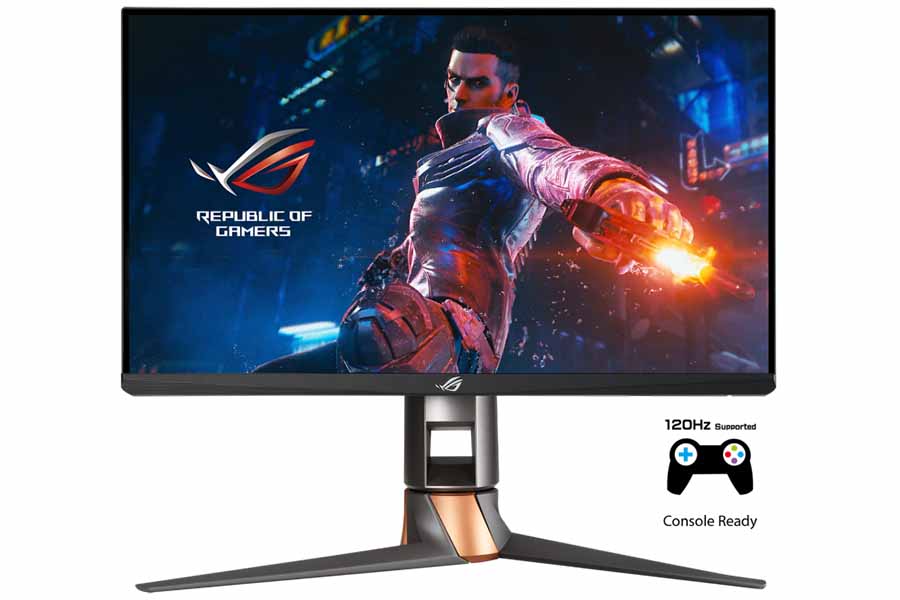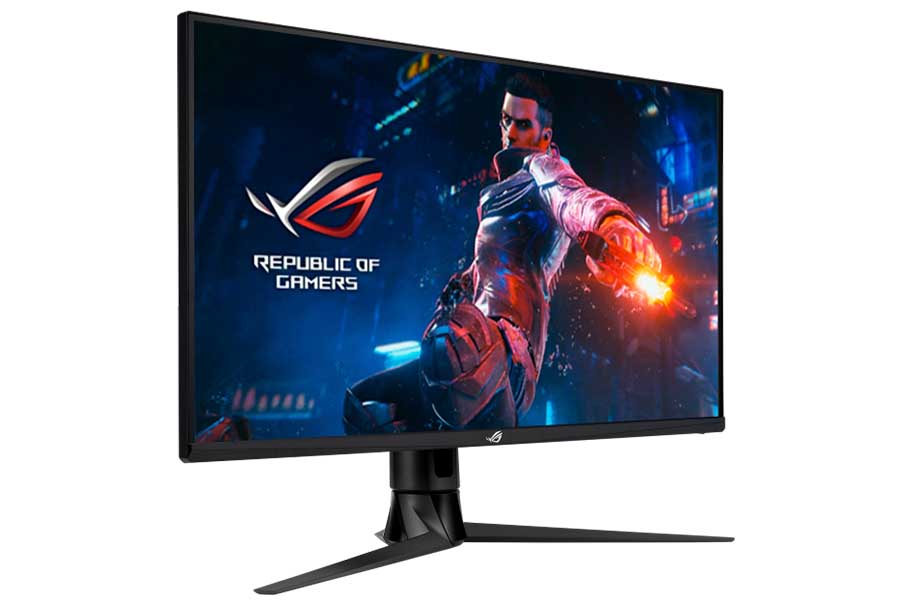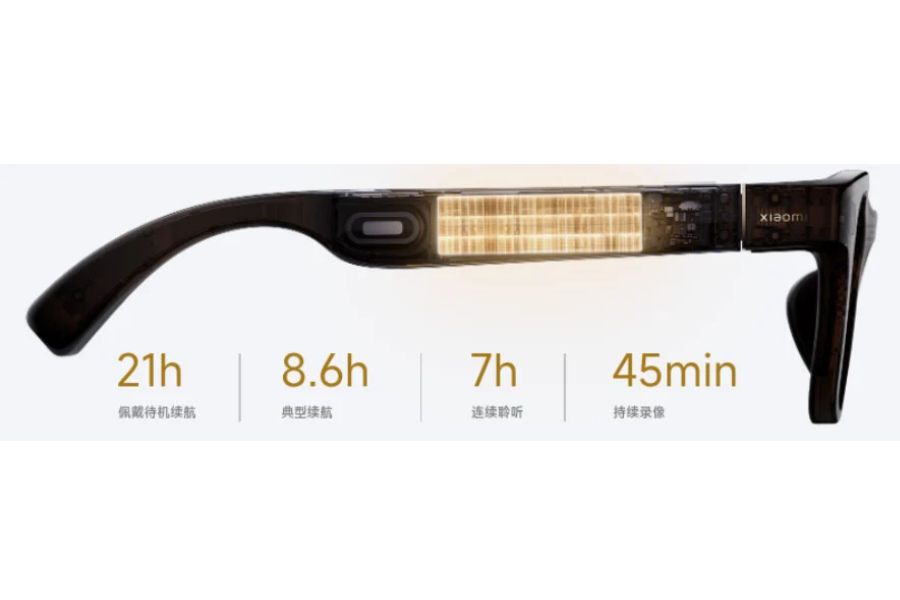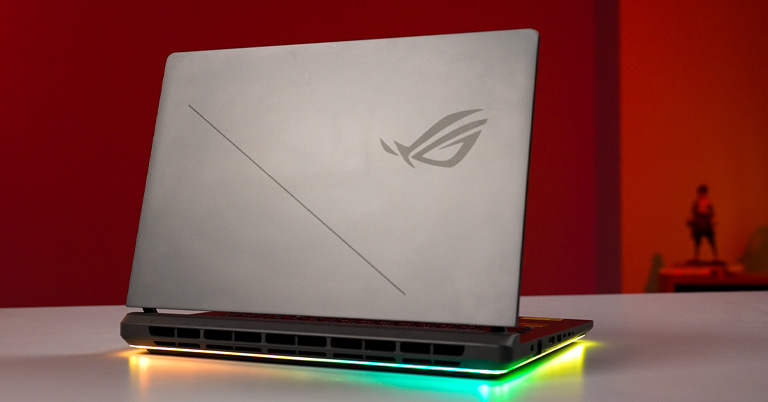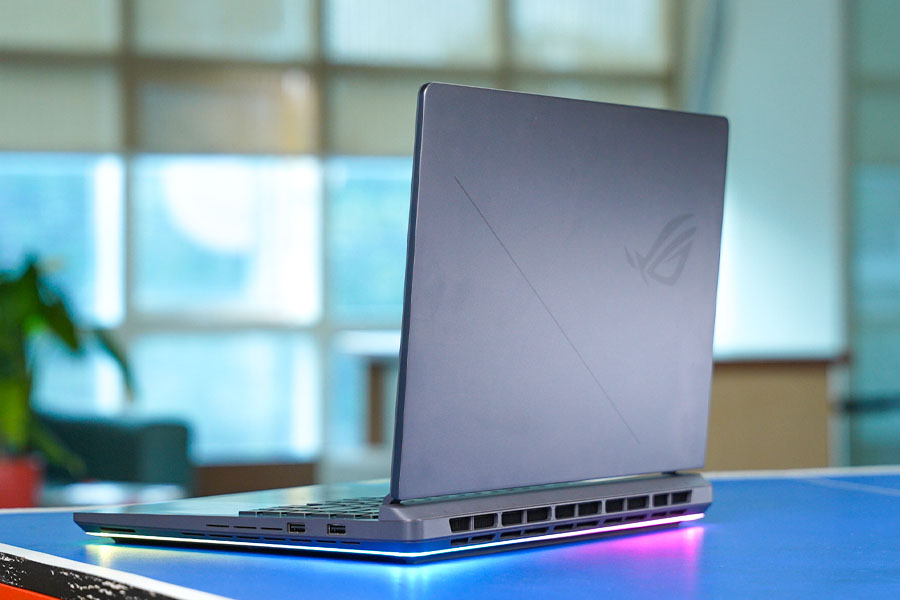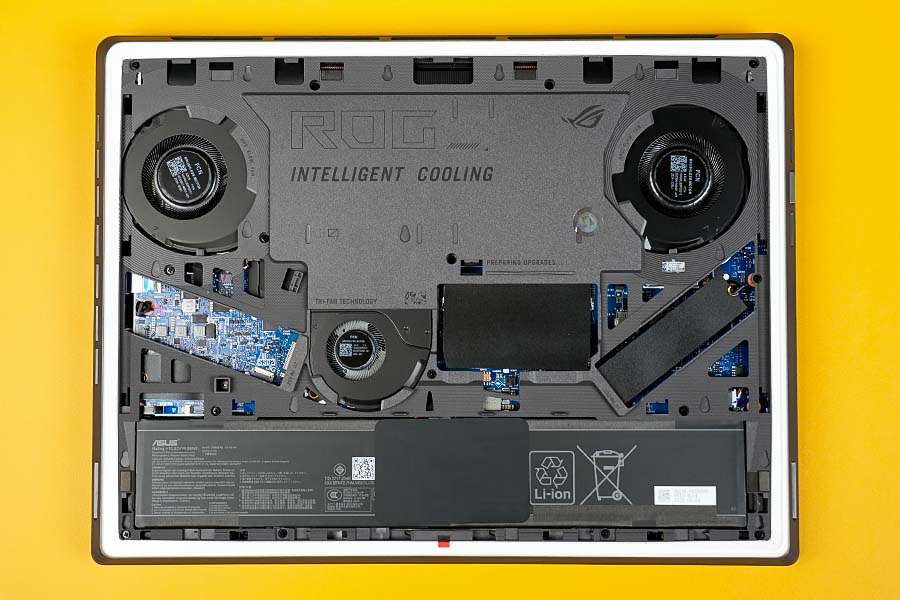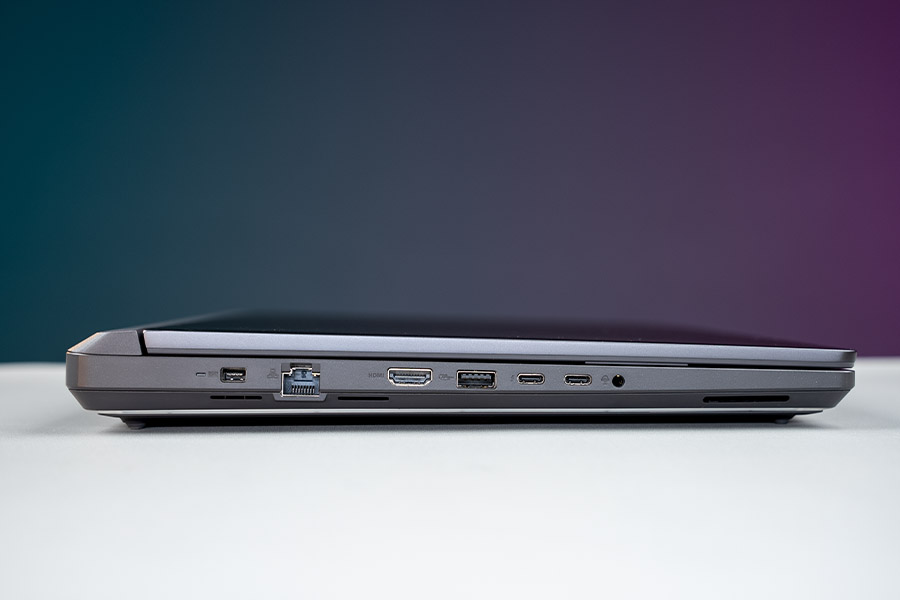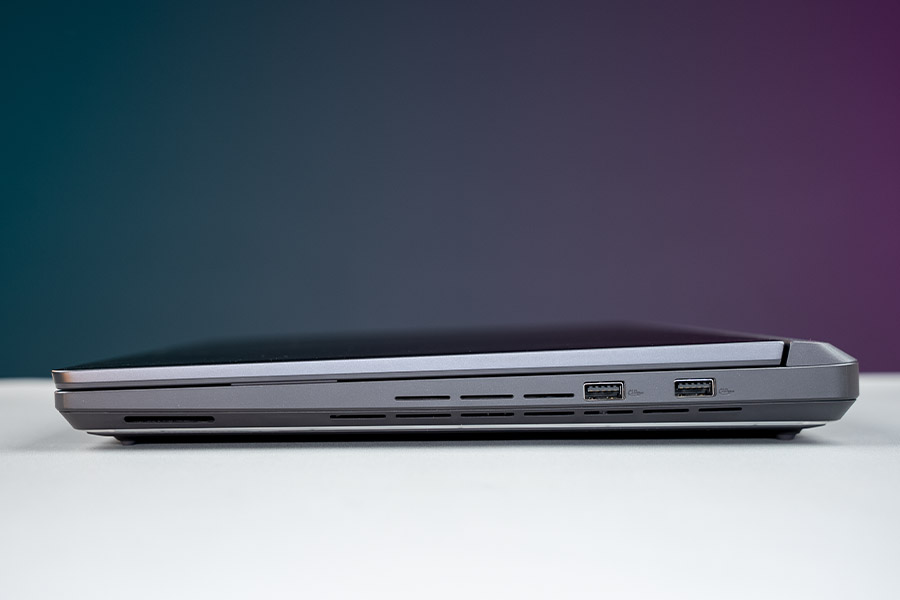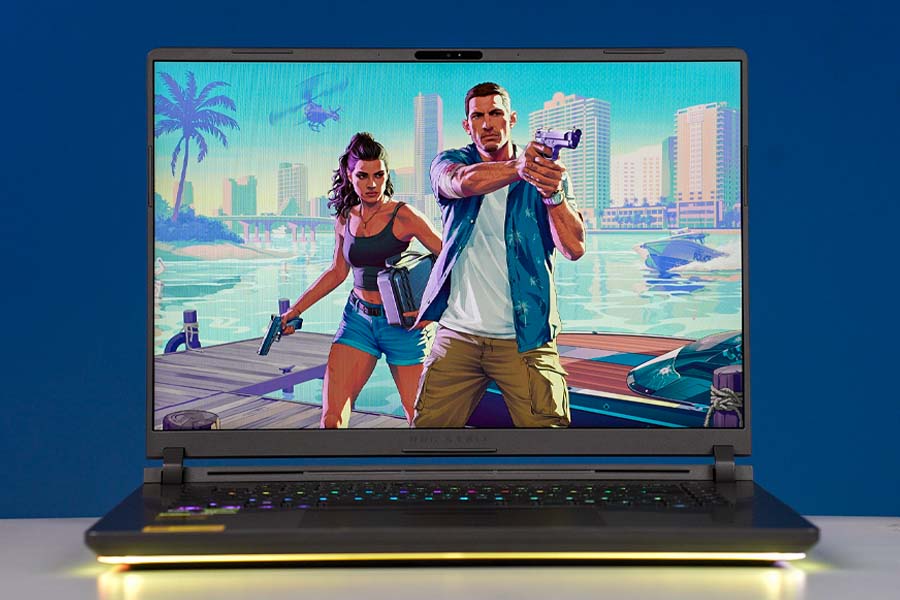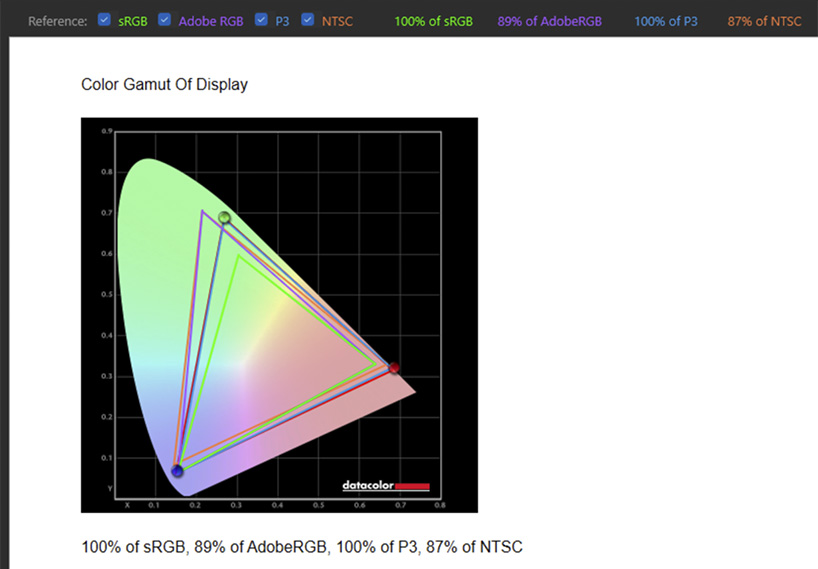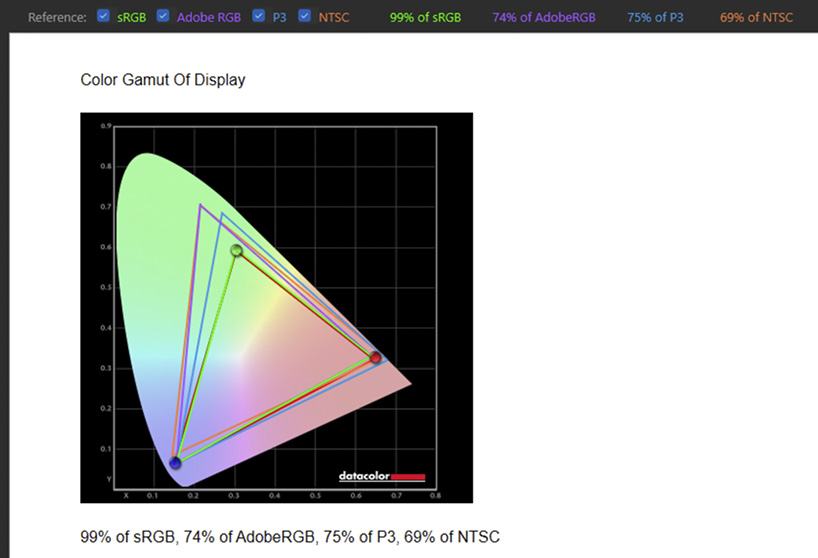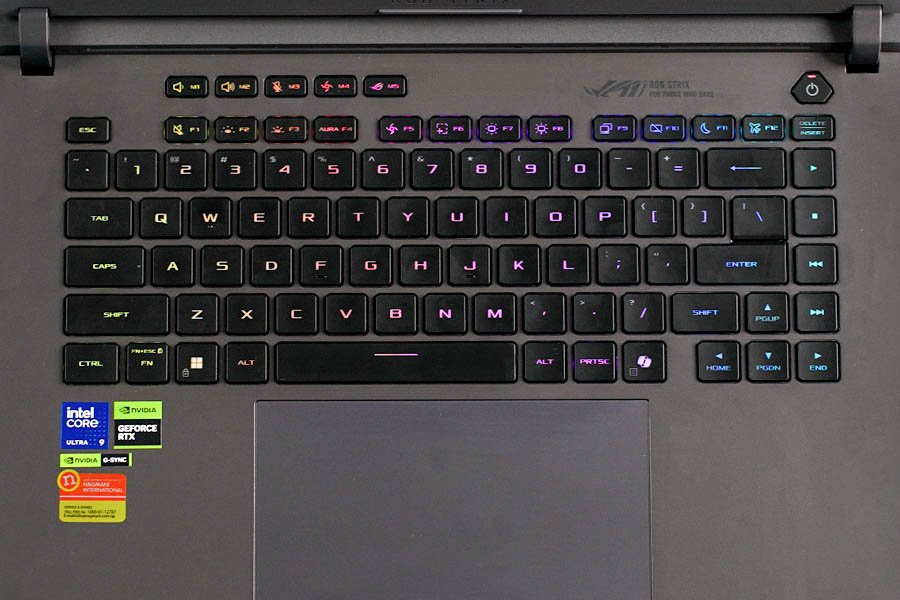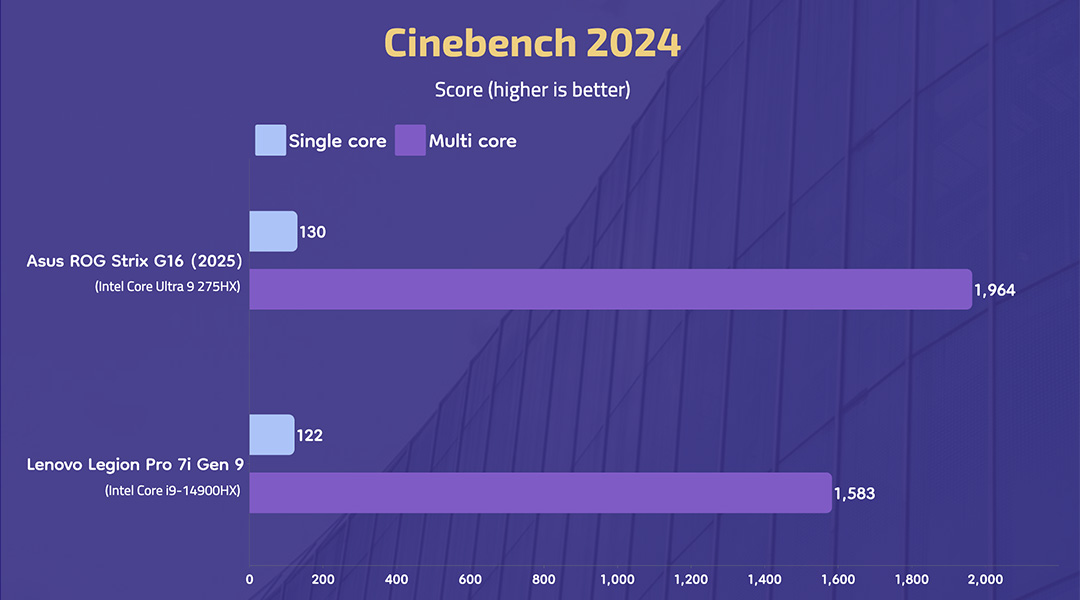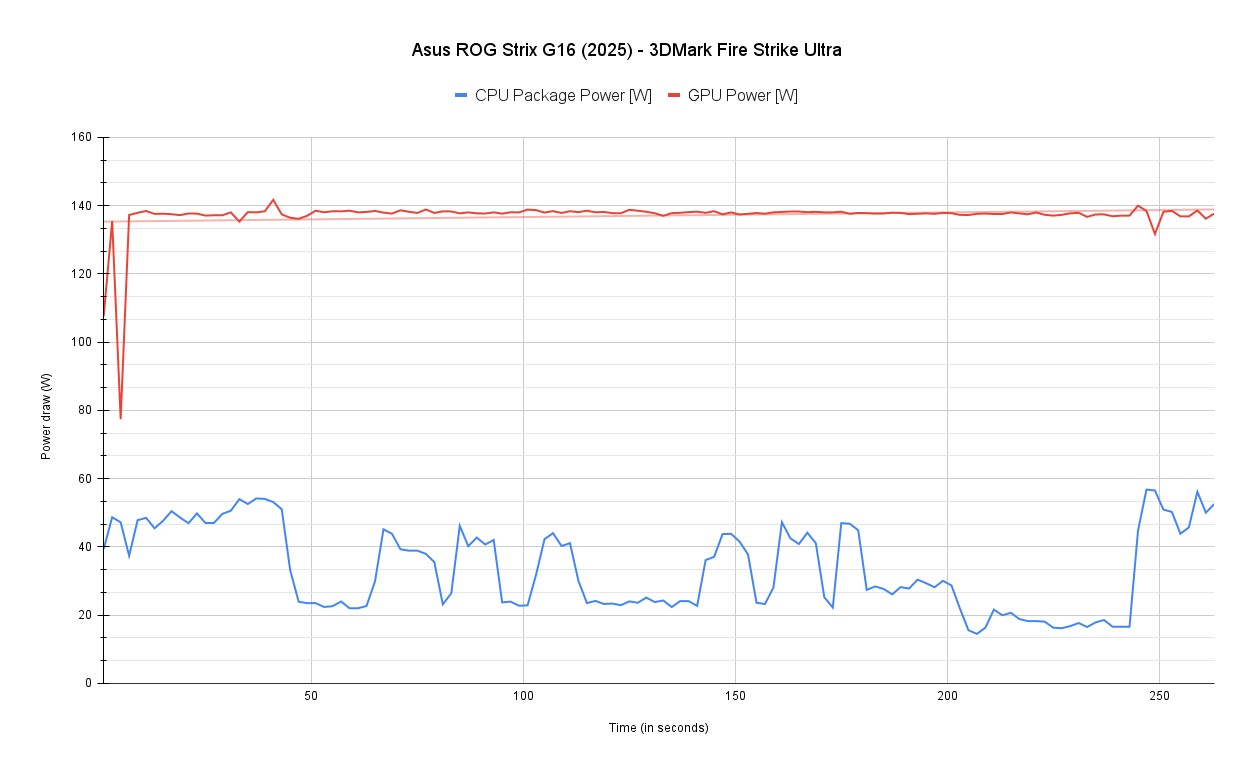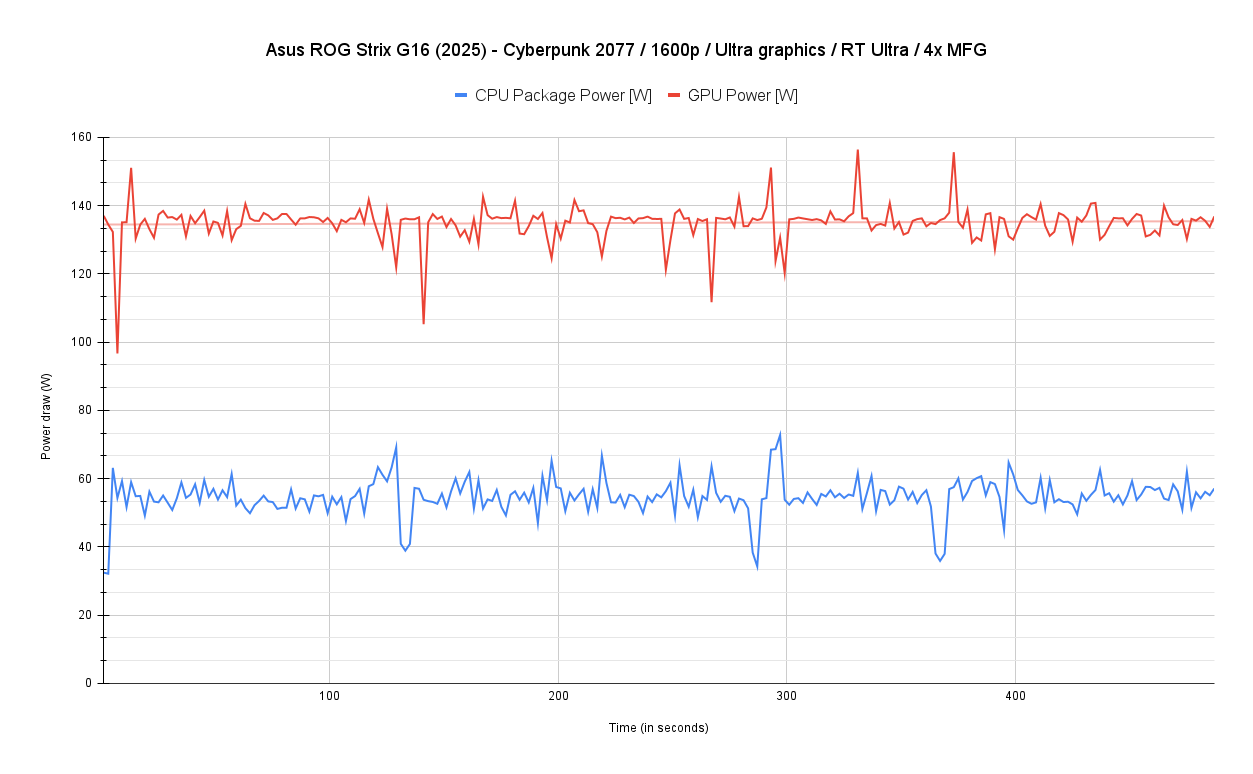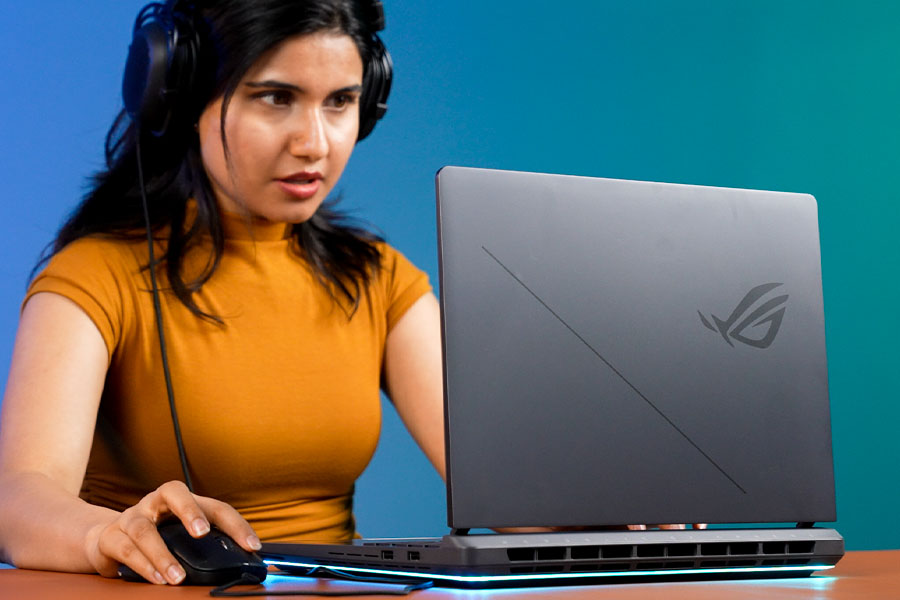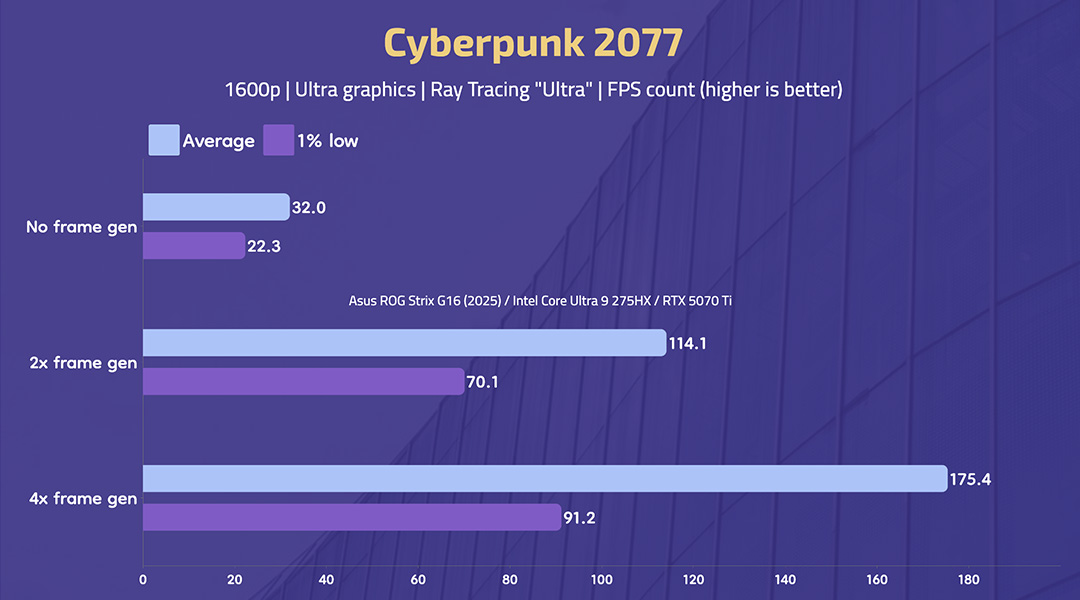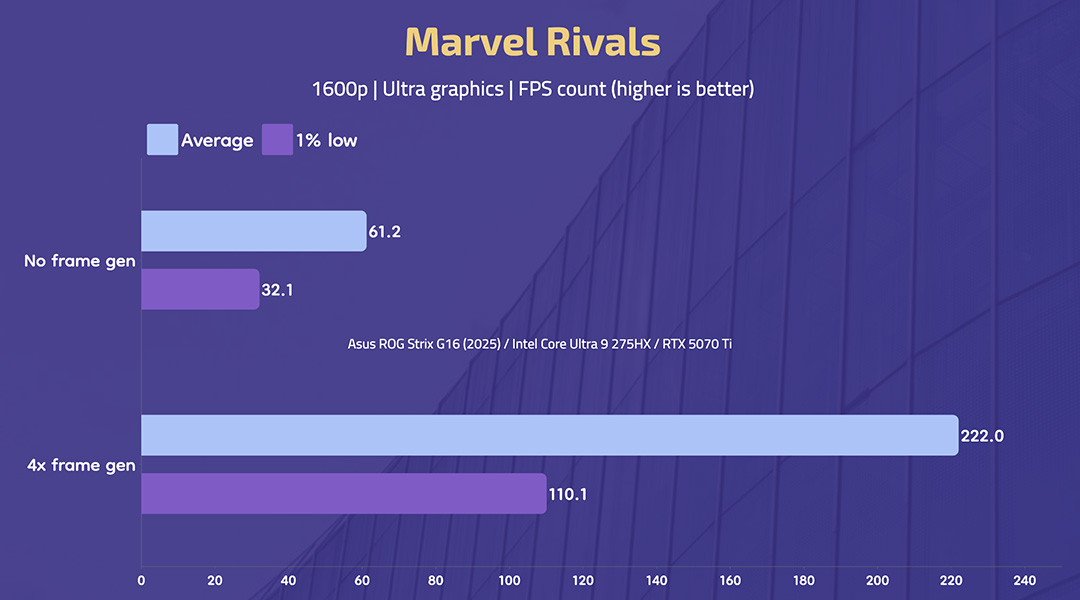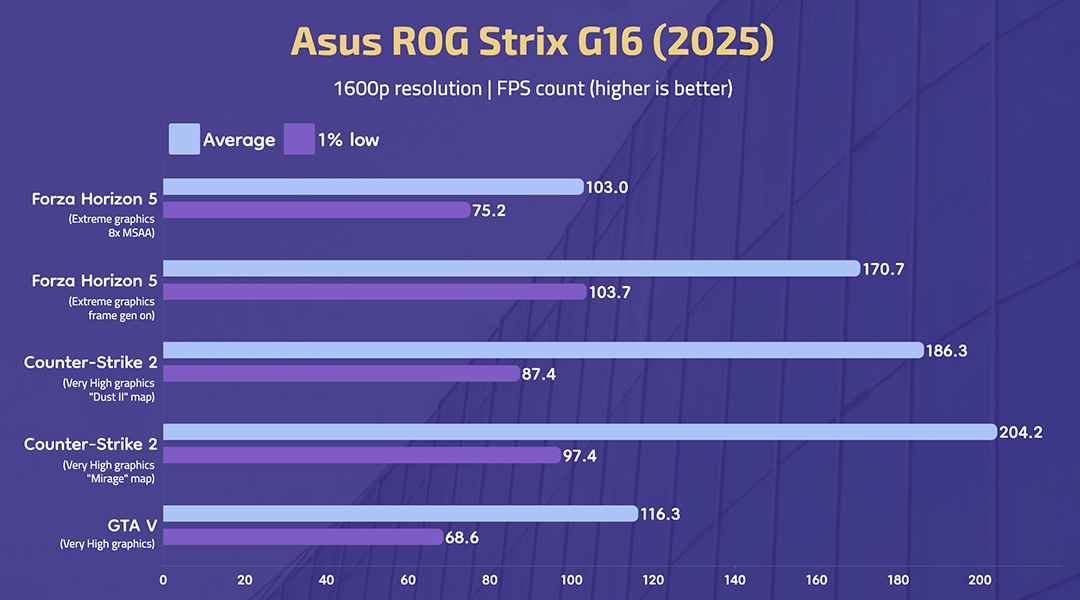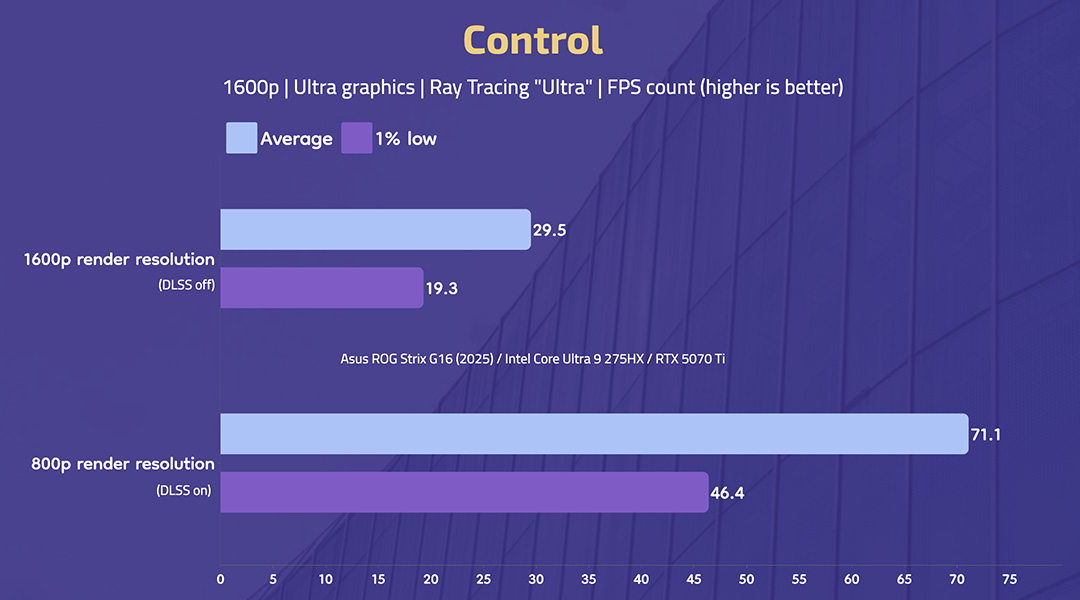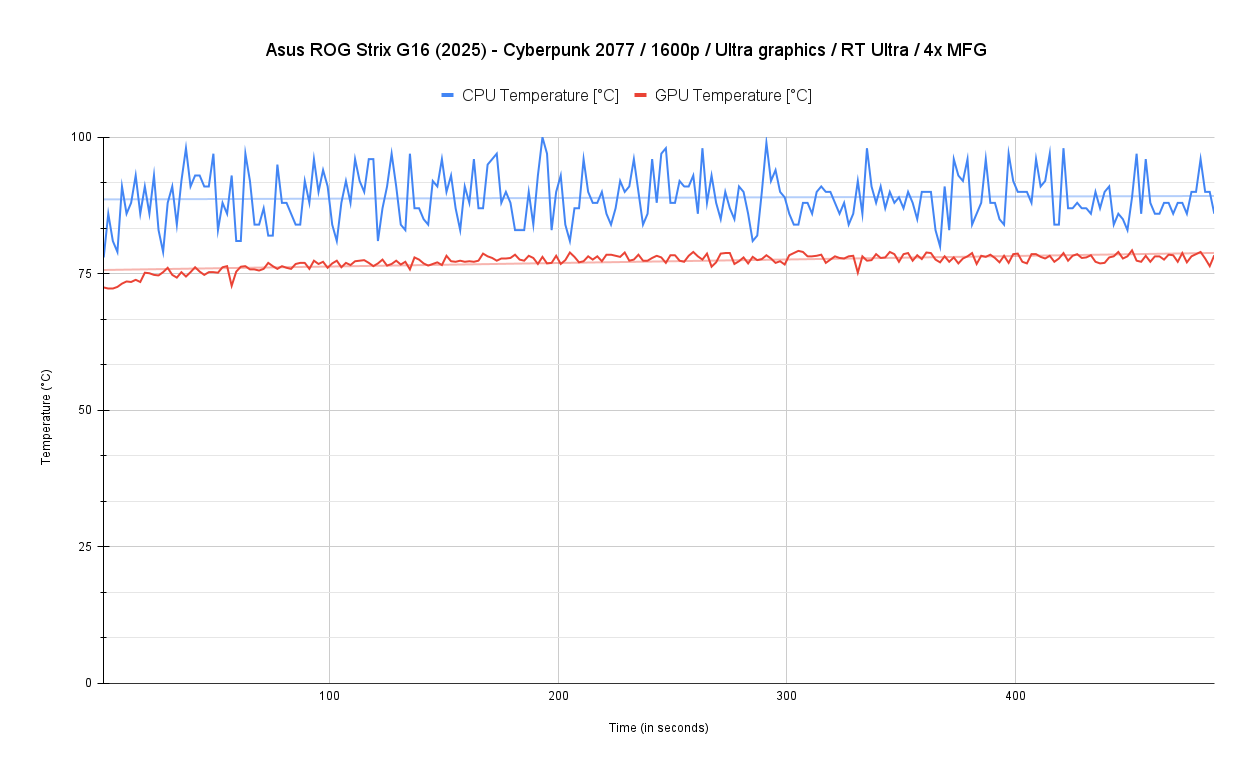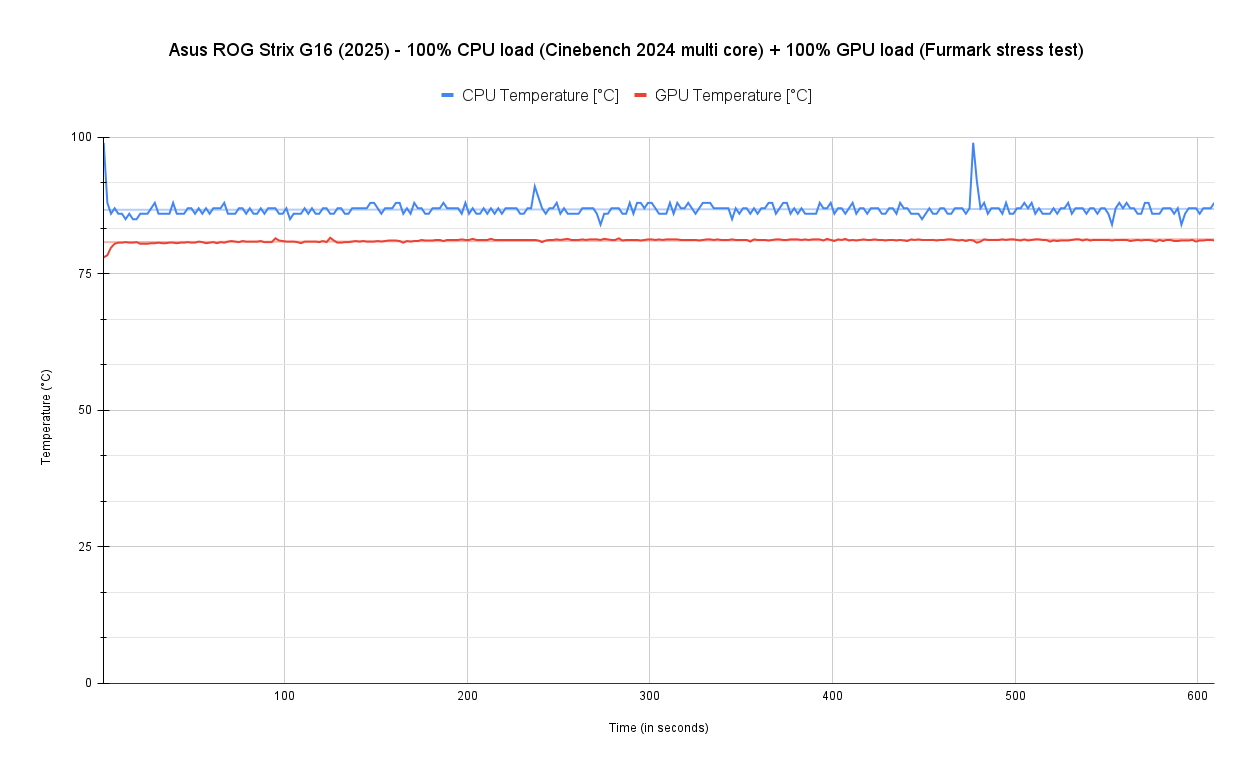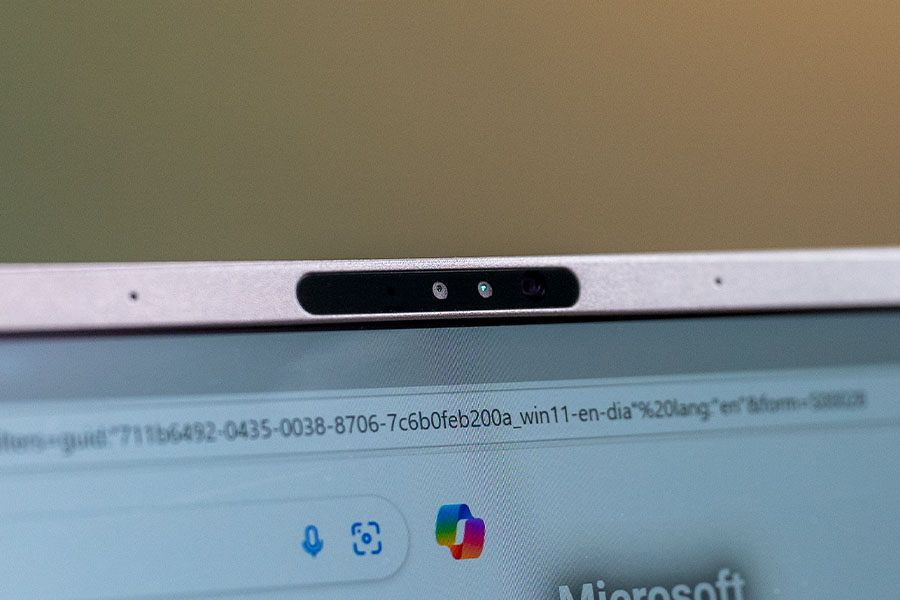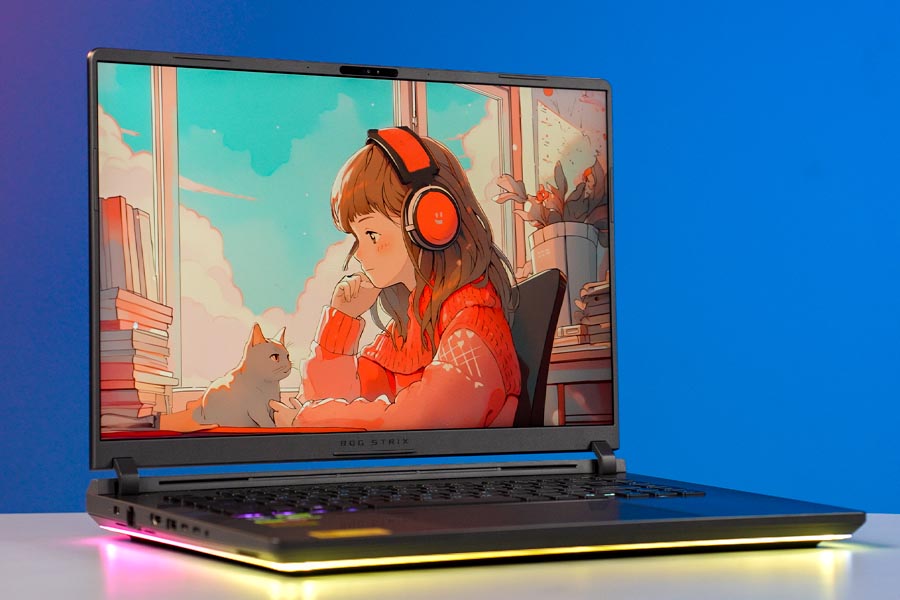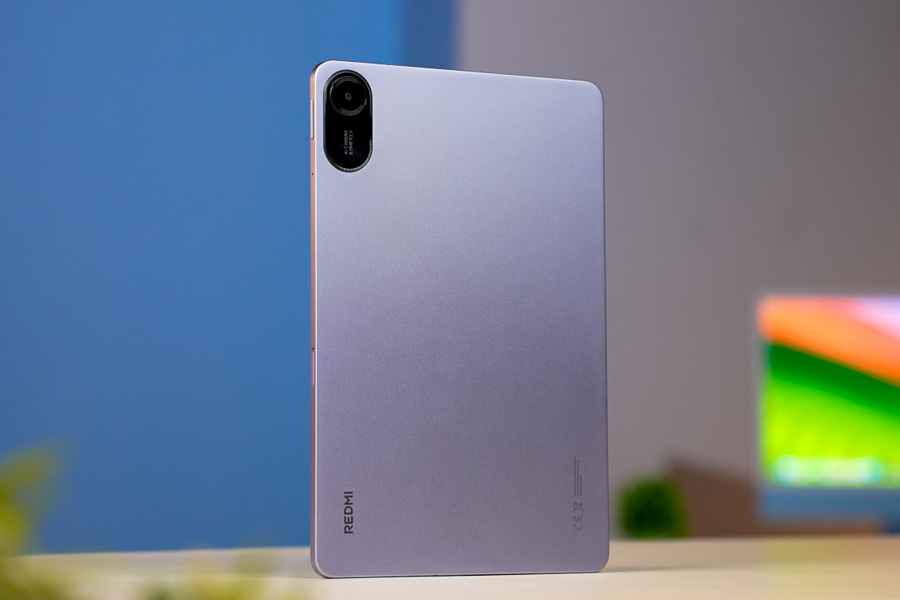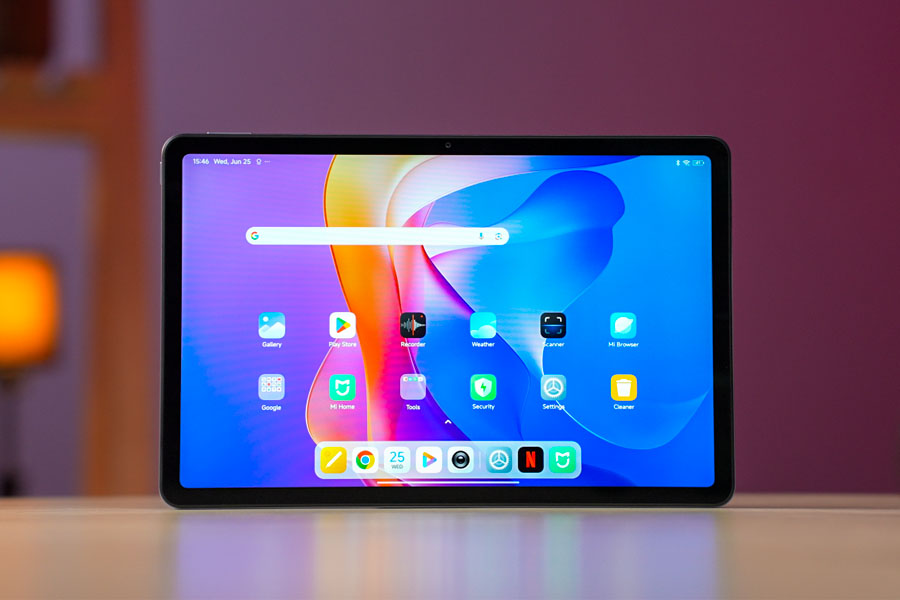Here, we will be looking at the best budget TWS earbuds under NPR 2000 in Nepal. Wireless earphones come in all shapes and sizes—and price points too. Although expensive ones like the Apple AirPods Pro (2nd Generation) and Galaxy Buds 3 Pro do offer exceptional sound and tons of features, most people would be happy with something that brings decent sound, good battery life, and reliability to the table. Moreover, a lot of people, particularly students might be hesitant to splash cash on earbuds that cost a fortune. As such, in this article, we will take you through the best earbuds under NPR 2000, especially for people who seek comfortable, reliable, and good sound quality on a budget.
| Note: In this list, we have also included a few budget TWS earbuds that cost more than NPR 2000—but not by a lot. We’ve done this so that you can further curate your choices, and also because we don’t want you to miss any good deal by spending NPR 100 –300 more. The prices of such products are marked with an asterisk (*) at the end. |
Best earbuds under NPR 2000 in Nepal
5. Ultima Boom 141 ANC

The Ultima Boom 141 ANC really surprises for what it costs. You get solid noise cancellation that blocks out a fair amount of background sound, and the four-mic setup does a great job during calls even in noisy places. There’s also a handy Transparency Mode for when you want to hear what’s going on around you without taking the earbuds off. Sound quality is clean and punchy thanks to the 13mm drivers, and pairing is super quick with Bluetooth 5.3 and HyperSync.
If you game on your phone or just hate laggy audio, the 40ms low-latency mode is a nice touch. Battery life is also impressive, with up to 45 hours using the case, and just 10 minutes of charging gets you three more hours of use. They’re lightweight, fit snugly with silicone tips, and come in two slick colors: Space Black and Serene White. For the price, it’s hard to complain since these buds get the job done.
Specifications:
- Design: In-ear, silicone tips
- Drivers: 13mm
- Noise Canceling: Yes, 30 dB
- Microphones: Quad (each: 2)
- Connections: Bluetooth 5.3, HyperSync
- Features: 45 ms low latency, ENC
- Battery: 45 hours of playback (combined)
- Charging: Fast charging (10 minutes = 3 hours playback)
- Color Options: Space Balck, Serene White
- Buy Ultima Boom 141 ANC here
4. Ultima Atom 720

The Ultima Atom 720 is a reliable pick for everyday use, especially if you’re after clear sound and a comfortable fit. It doesn’t come with Active Noise Cancellation, but the 13mm drivers still deliver nicely balanced audio, and the Signature and Bass EQ modes let you tweak the sound to your liking. Calls come through clearly thanks to the four-mic ENC setup, and the in-ear design with a dual-tone UV finish gives it a modern, polished look.
Battery life is one of its strong points, offering up to 50 hours of total playtime if you’re listening at moderate volume. You get around 6 hours on a single charge, and the case tops things up in about 3 hours. It connects quickly with Bluetooth 5.4 and Swift Pair tech, and supports both AAC and SBC codecs for smooth playback. Add in IPX4 water resistance and responsive touch controls, and the Atom 720 feels like a dependable all-rounder. It’s available in two stylish finishes—Space Black and Space Gold.
Specifications
- Design: Dual-tone UV coated finish, in-ear design
- Audio: 13MM*2 dynamic drivers, Bass, and Signature EQ modes
- Connectivity: Bluetooth V5.4 with Swift Pair Tech, AAC/SBC audio codecs, 10m transmission range
- Battery Life:
- 500 mAh (Case) , 40 mAh (Earbuds)
- Up to 50 hours total playtime (at 60% volume), 6 hours earbud playtime on a single charge
- Charging: 35 minutes for earbuds, 3 hours for case, Type-C charging port
- Features: ENC with 4 microphones, Silk Touch controls, IPX4 water resistance
- Colors: Space Black and Space Gold
- Buy Ultima Atom 720 here
3. Redmi Buds 6 Play

The Redmi Buds 6 Play offer a lot for the price, making them a great pick for anyone on a budget. The 10mm drivers deliver clear, balanced sound that’s surprisingly good for the segment, and AI-based noise reduction helps keep your calls clean even in noisy environments. The buds are lightweight, have a short-stemmed design, and come with an IPX4 rating, making them handy for both casual use and light workouts.
Battery life is another big win here, with up to 36 hours of total playback using the case, and around 7.5 hours on a single charge. A quick 10-minute top-up gets you 3 hours of listening, which is perfect for when you’re in a rush. You get Bluetooth 5.4 for solid connectivity and support for both AAC and SBC codecs. The Xiaomi Earbuds app adds some extra functionality, and with color options like Black, White, Blue, and Pink, there’s a bit of personality in the mix too.
Specifications
- Design: In-ear fit, short-stemmed, IPX4-rated (Buds only)
- Dimensions:
- Buds: 20.6 x 14.5 x 22 mm
- Case: 53.9 x 53.9 x H27.4mm
- Weight: 3.60 grams (Buds), 32.80 grams (Case)
- Sound Driver: 10 mm dynamic driver
- Noise Cancellation: AI Noise Reduction during calls
- Connectivity: Bluetooth v5.4
- Codecs: SBC, AAC
- Battery: 57 mAh (Buds), 600 mAh (Case)
- Playback (Default functions, AAC, 50% Volume): Up to 7.5 hours (Buds), Up to 36 hours (With Case)
- Charging: Via USB Type-C, 10 minutes charge = 3 hours usage
- Companion App: Xiaomi Earbuds (Android | iOS)
- Colour Options: Black, White, Blue, Pink
- Buy Redmi Buds 6 Play here
2. Kick AeroPods 141

It’s the best earbud we’ve found under NPR 2000. With a 13mm dual driver setup, the sound is punchy and full, whether you’re listening to music, podcasts, or taking calls. The ENC with a quad-mic system keeps your voice clear during conversations, and the IPX5 rating means it can handle sweat or light rain without worry. The design is stemmed and fits comfortably, while Bluetooth 5.4 ensures quick and stable connectivity.
Battery life is where it really shines. You get up to 10 hours of use from the buds alone, and a massive 120 hours with the case. Spark Charge tech adds even more convenience—just 10 minutes of charging gives you 3 hours of playback. Add to that low latency for gaming, smooth touch controls, and support for voice assistants, and you’re looking at serious value. Plus, it comes in two eye-catching colors: Jungle Green and Midnight Orange.
Specifications
- Design: In-ear, stemmed, IPX5-rated
- Sound Driver: 13mm dual driver
- Noise Cancellation: ENC with quad-mic setup
- Connectivity: Bluetooth v5.4
- Codecs: SBC, AAC
- Battery: 700 mAh (Case)
- Playback: Up to 10 hours (Buds), Up to 120 hours (With Case)
- Charging: Via USB Type-C, Spark Charge Technology (10 minutes charge = 180 minutes usage)
- Features: Touch controls, Voice assistant support, Seamless pairing, Low Latency of up to 45ms
- Colour Options: Jungle Green, Midnight Orange
- Buy Kick AeroPods 141 Here!
1. Kick Phantom Buds X
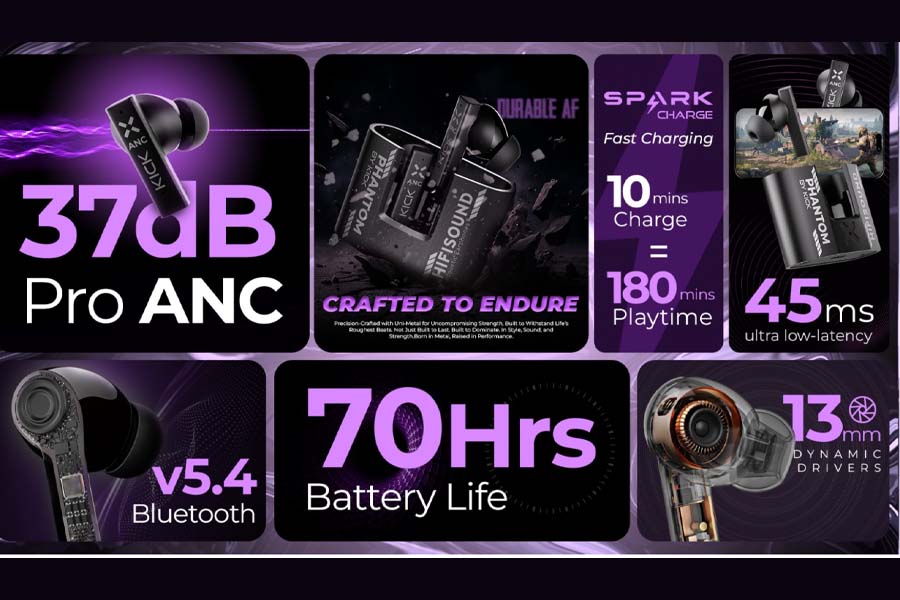
Kick Phantom Buds X takes the number one spot for the best earbuds under 2000 — and for good reason. It brings a metal body (yes, actual metal) in a price range dominated by cheap plastic builds. The Uni-Metal design not only looks sleek but feels solid in the hand. You also get IPX5 water resistance, so it can easily handle sweat or a light drizzle. On the audio front, the 13mm drivers deliver surprisingly rich sound with boosted bass, while the 37dB Active Noise Cancellation and Quad Mic AI ENC help cut down background noise whether you’re on a call or just vibing to music.
Battery life is another area where the Phantom Buds X completely outshines the competition. With up to 70 hours of playback and support for Spark Charge — which gives you 100 minutes of use from just 5 minutes of charging — these buds are built for long hauls. Add to that Bluetooth 5.4, dual-device pairing, and 40ms low latency, and you’ve got a pair of earbuds that punch way above their weight. At just Rs. 2,399 in Nepal, the Kick Phantom Buds X offers a mix of design, sound, and features that’s honestly hard to beat.
Kick Phantom Buds X Specifications
- Body: Uni-metal full-body design
- ANC: 37dB Pro Active Noise Cancellation
- Mic Setup: Quad Mic with AI Environmental Noise Cancellation (ENC)
- Drivers: 13mm dynamic drivers
- Audio Tuning: Kick Signature Sound
- Battery Backup: Up to 70 hours
- Charging: Spark Charge – 5 mins = 100 mins playback
- Latency: 40ms ultra-low latency
- Water Resistance: IPX5 rating
- Connectivity: Bluetooth 5.4, dual device pairing support
- Price in Nepal: NPR 2,399*
- Buy Kick Phantom Buds X Here!
Best budget TWS earbuds under NPR 2000 in Nepal (Summary)
S.N
Best TWS Earbuds under NPR 2000
Price in Nepal
1
Kick Phantom Buds X
NPR 2,399*
2
Kick AeroPods 141
NPR 2,199*
3
Redmi Buds 6 Play
NPR 1,999
4
Ultima Atom 720
NPR 1,999
5
Ultima Boom 141 ANC
NPR 2,399*
Also Read:


![Best Wireless Earbuds Under Rs. 2,000 in Nepal [Updated] Best Wireless Earbuds Under Rs. 2,000 in Nepal [Updated]](https://cdn.gadgetbytenepal.com/wp-content/uploads/2024/01/Best-Wireless-Earbuds-Under-NPR-2000-in-Nepal-2024.jpg)
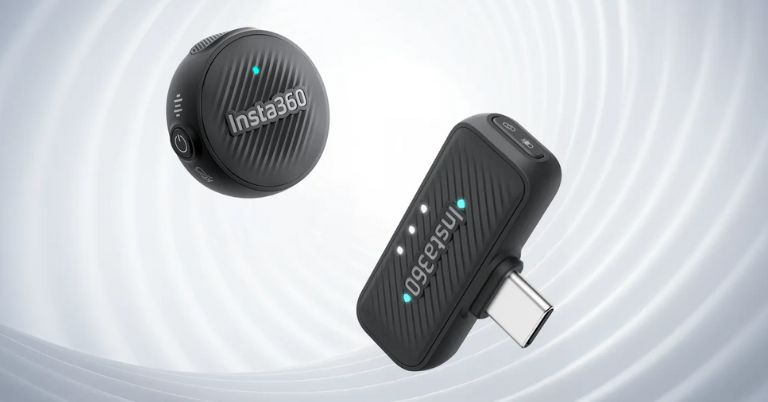
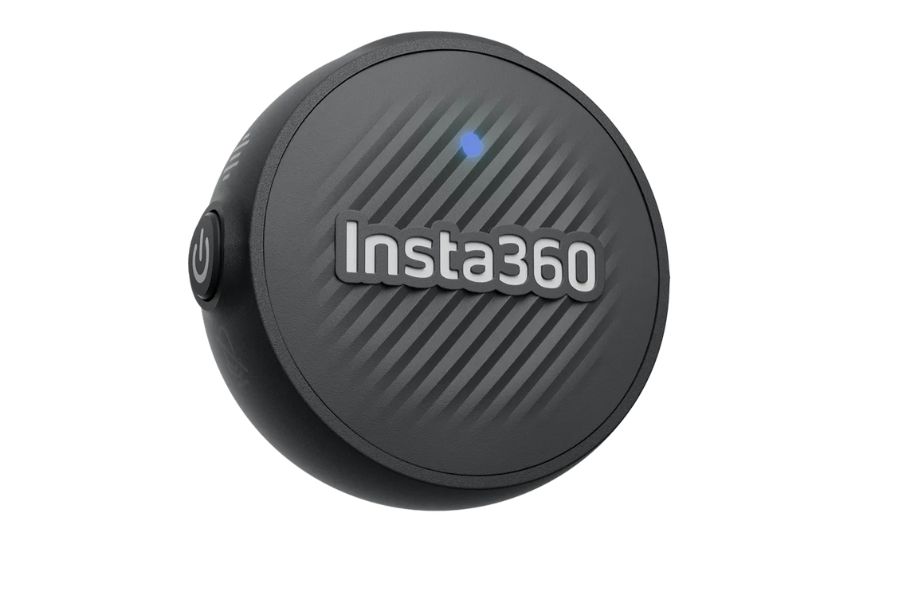
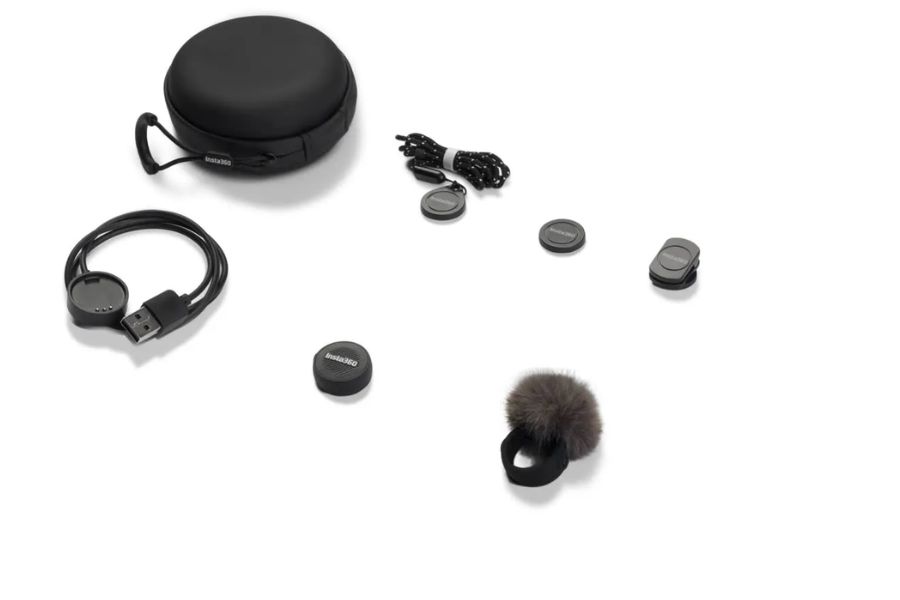
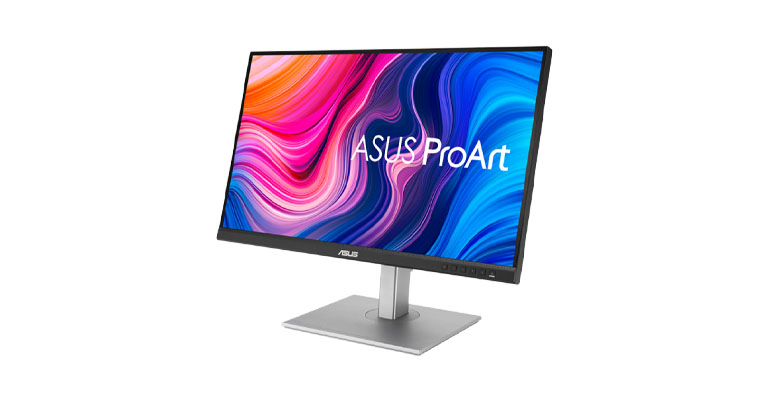
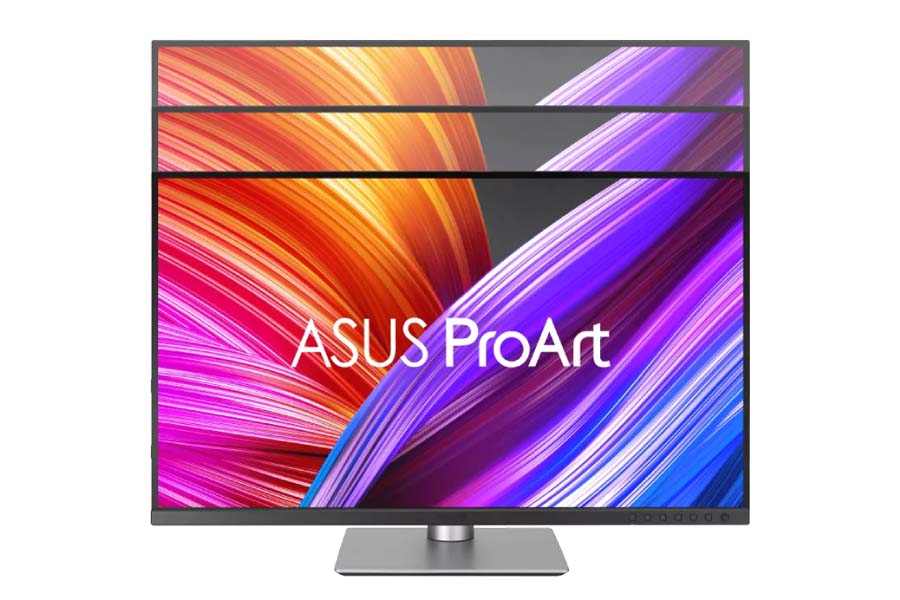
![Asus Monitors Price in Nepal [Updated] Asus Monitors Price in Nepal [Updated]](https://cdn.gadgetbytenepal.com/wp-content/uploads/2021/11/Asus-Monitors-Price-Nepal.jpg)
